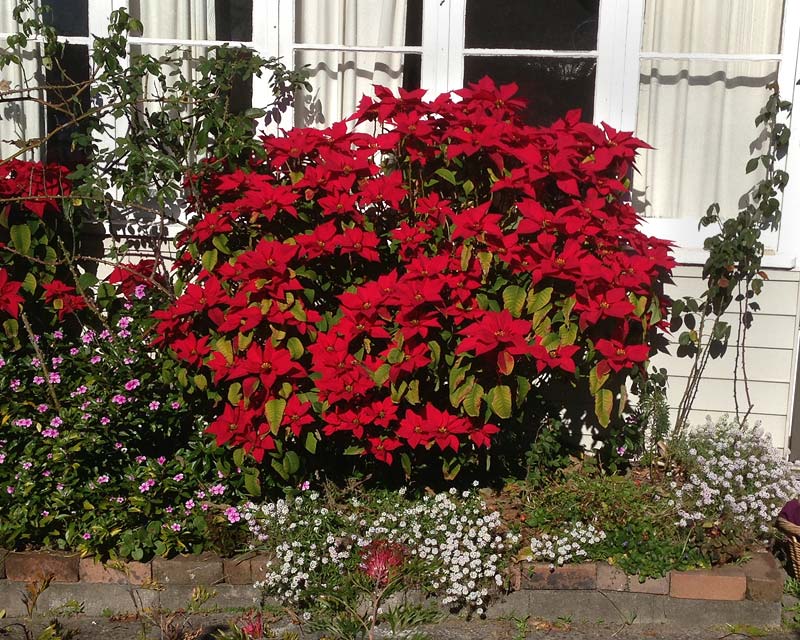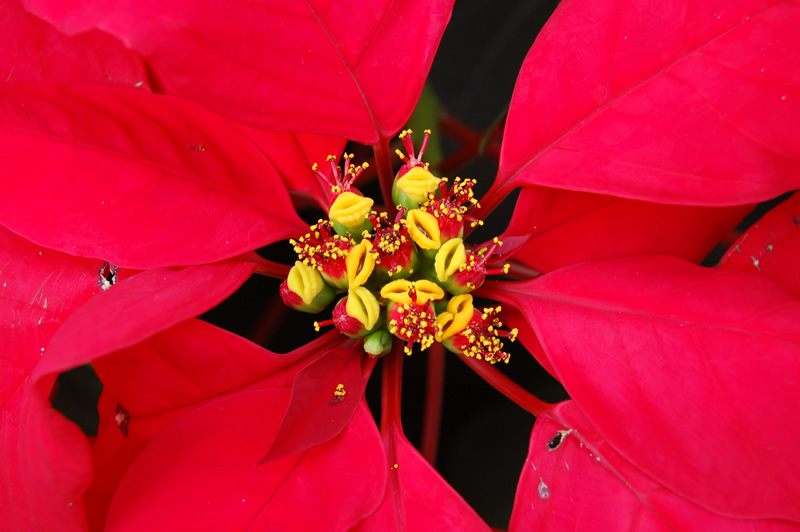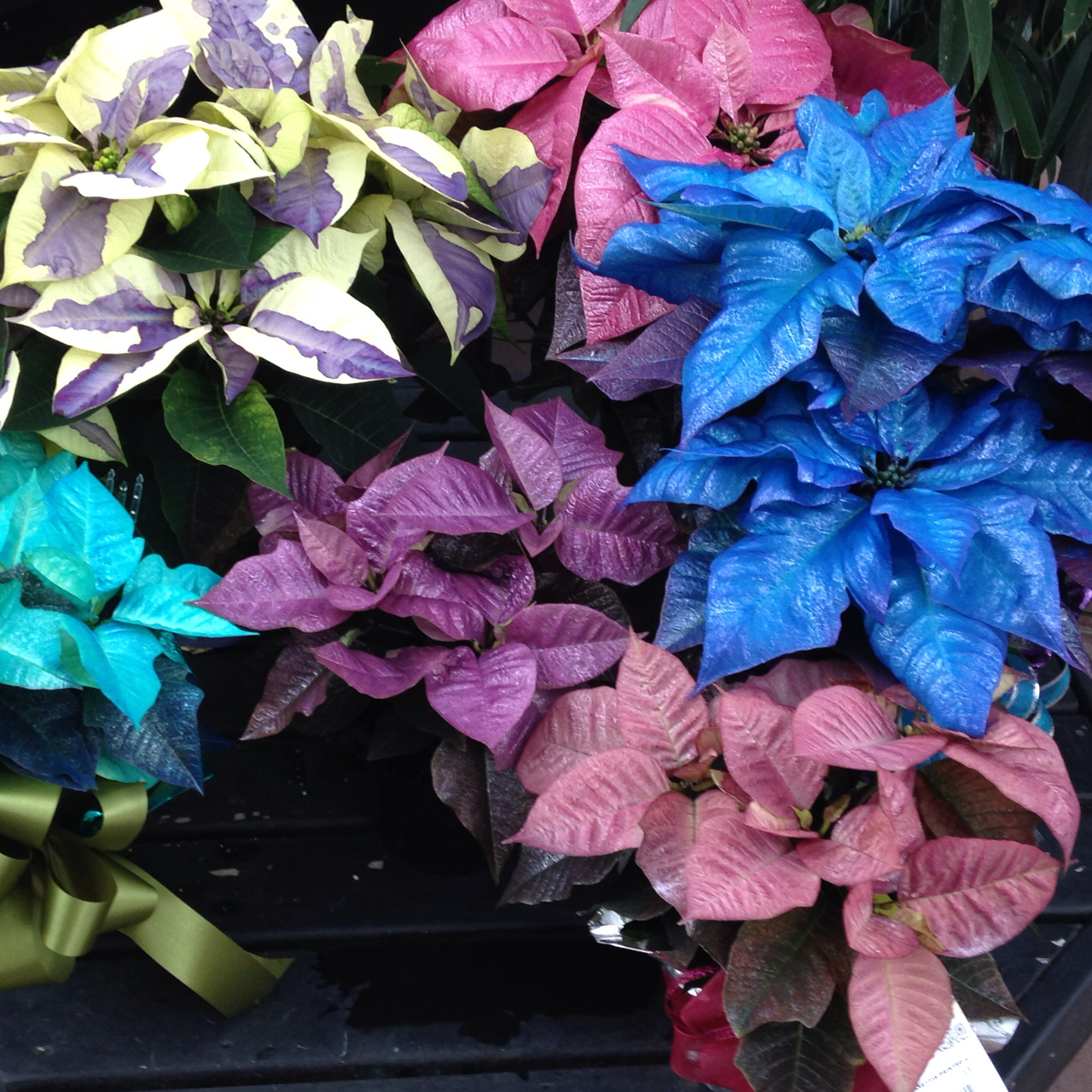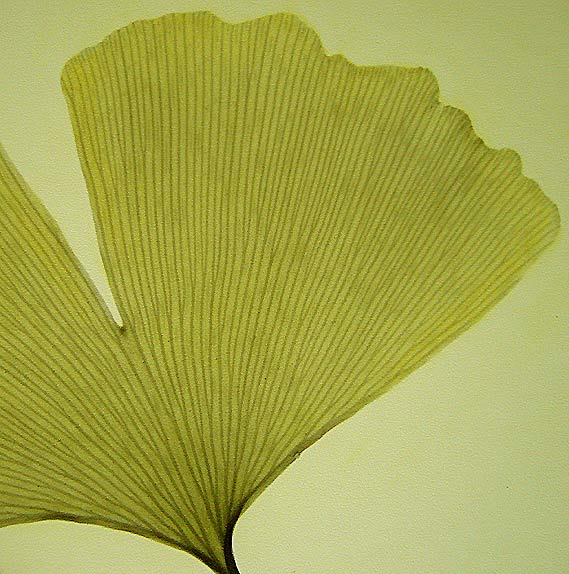



A place for all things plants





“The best time to plant a tree was 20 years ago. The second best time is now”
Gingo biloba
This tree is truly one of kind. This is the oldest living species of tree today and unlike any other this trees leaves exhibit dichotomous venation, which means it has parallel veins that repeatedly fork in two reaching the tips without any detours.

Mature height: 50 to 80′
Mature width: 40 to 60′
Growth rate: Slow to medium
Plant form: Pyramidal in youth, spreading at maturity
Light: Full sun
Soil texture: Prefers sandy soils, adaptable to other textures
Soil pH: Adaptable
Soil moisture: Prefers moist and well-drained soils, adapts to dry and wet soils and excessively-drained and poorly-drained soils. Does not tolerate standing water.
Hardiness zone: 4 to 8
Pests and stresses: None of importance
Other: Tolerant of heat, wind, compacted soils, air pollution, soil salts

